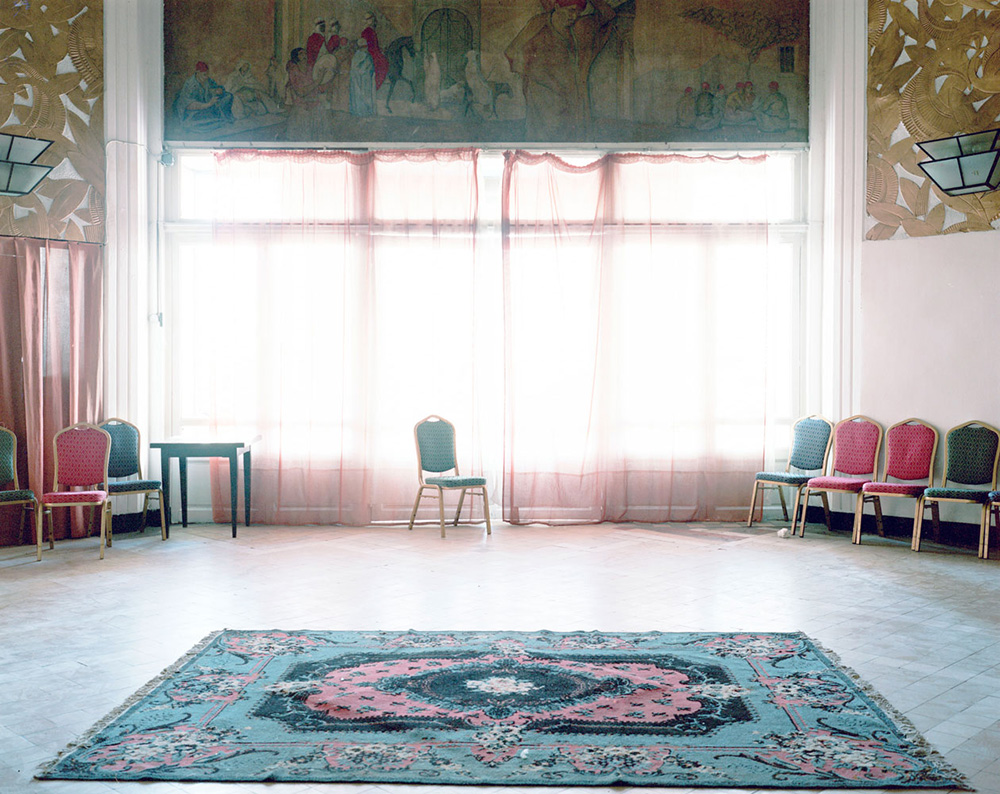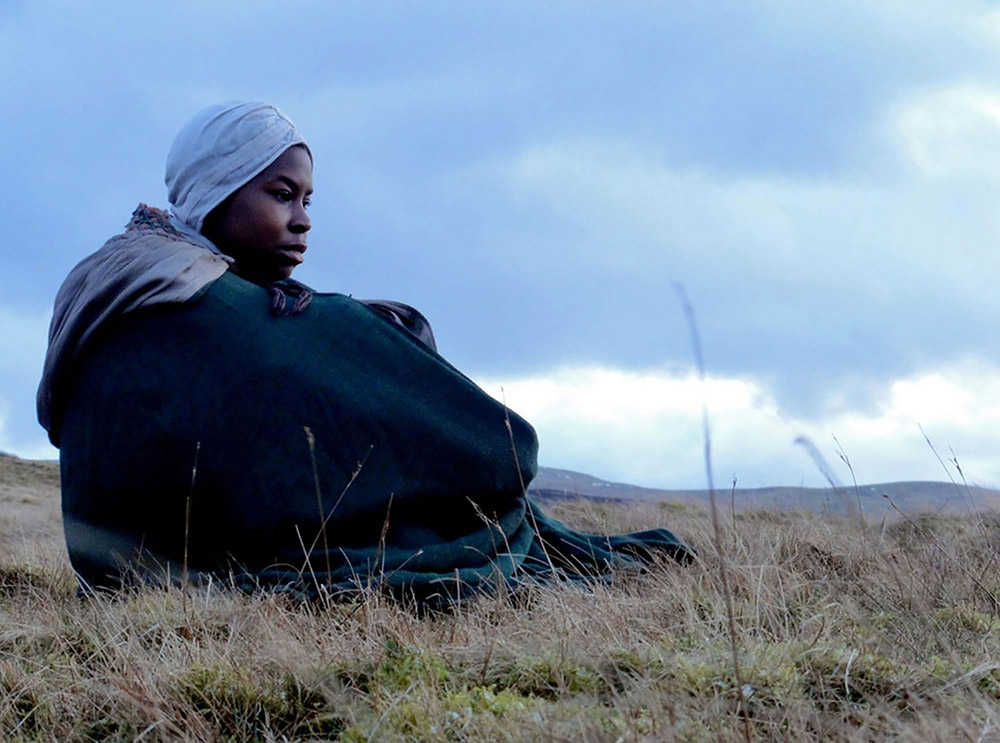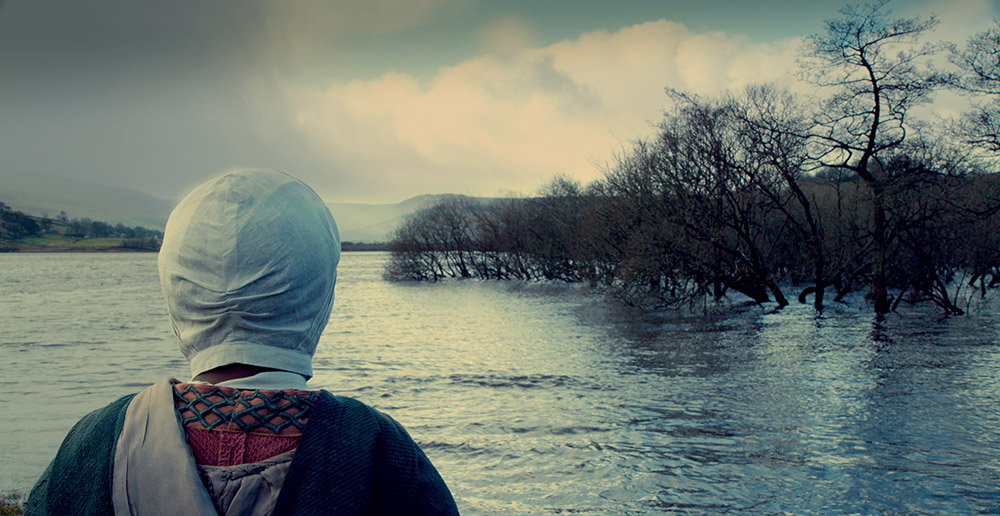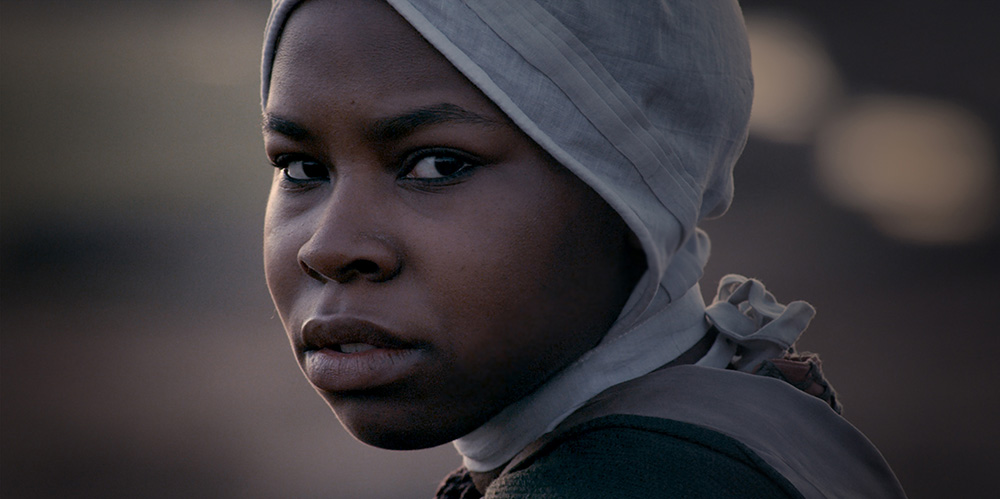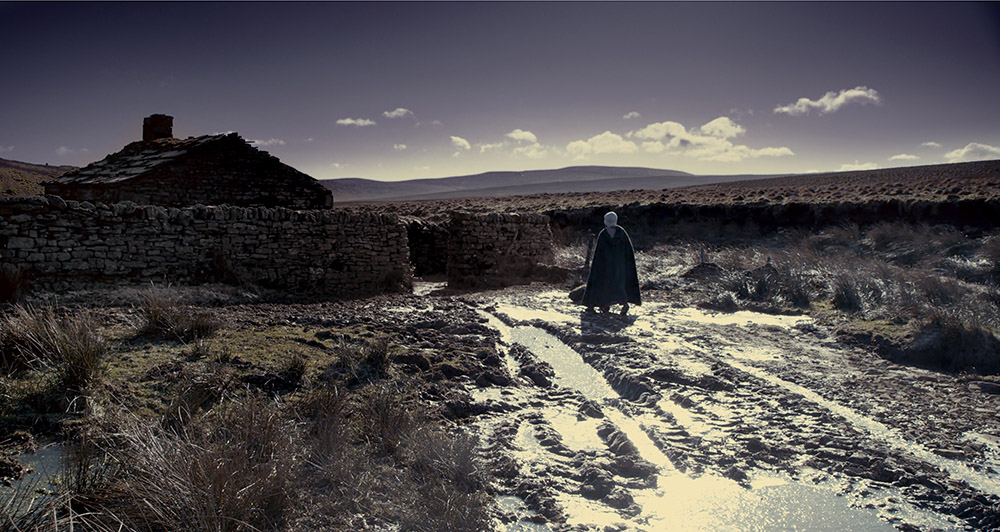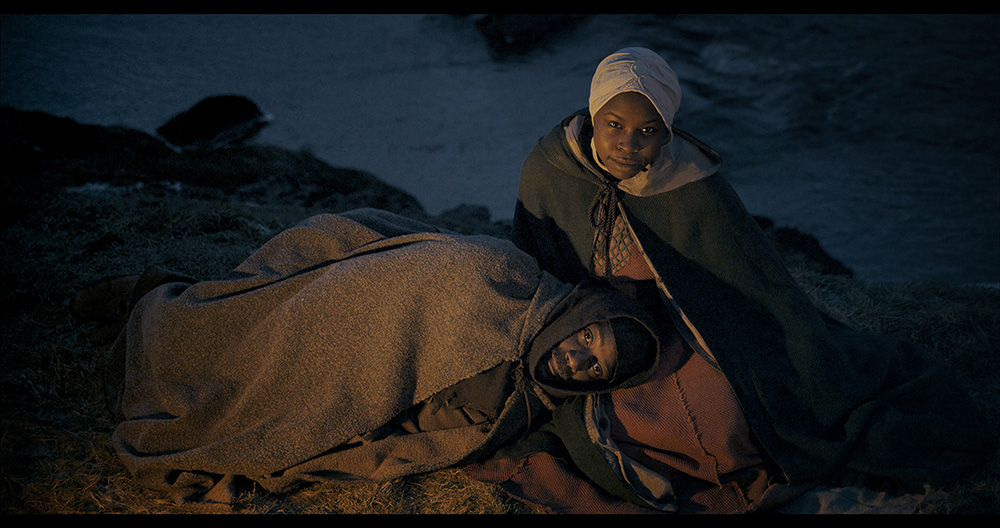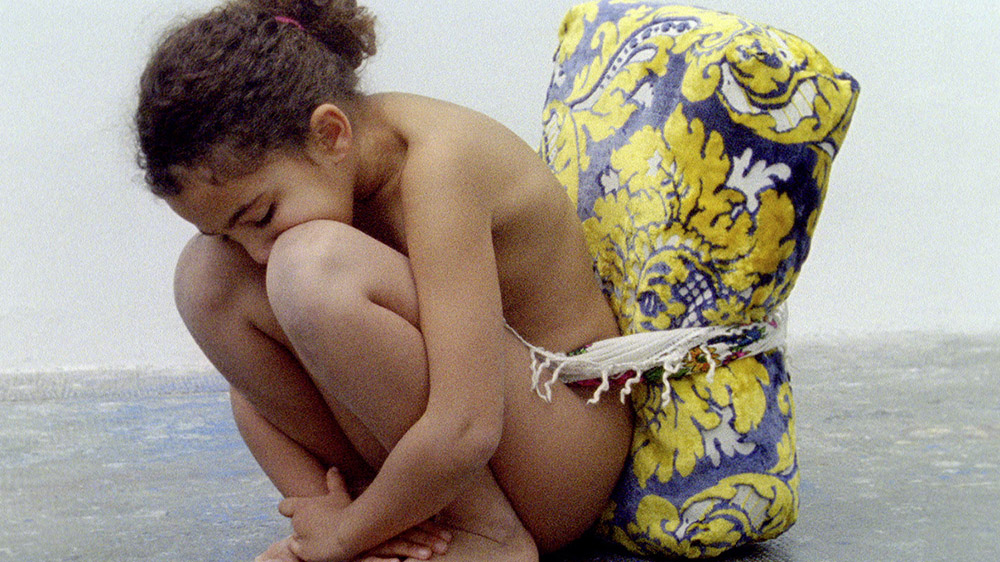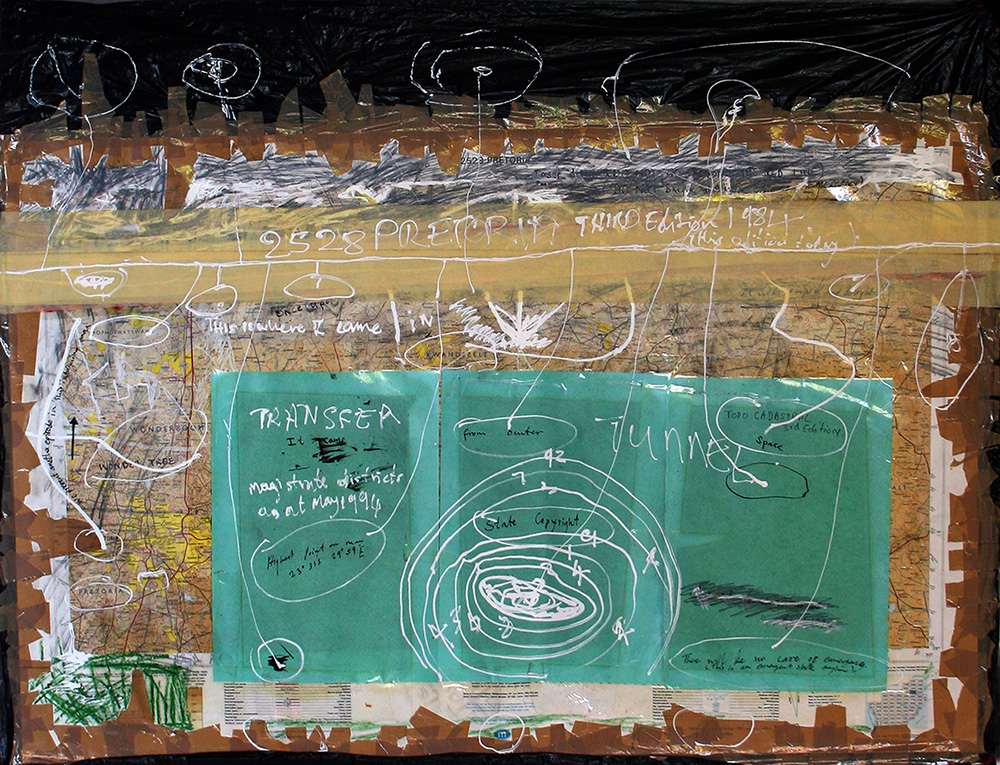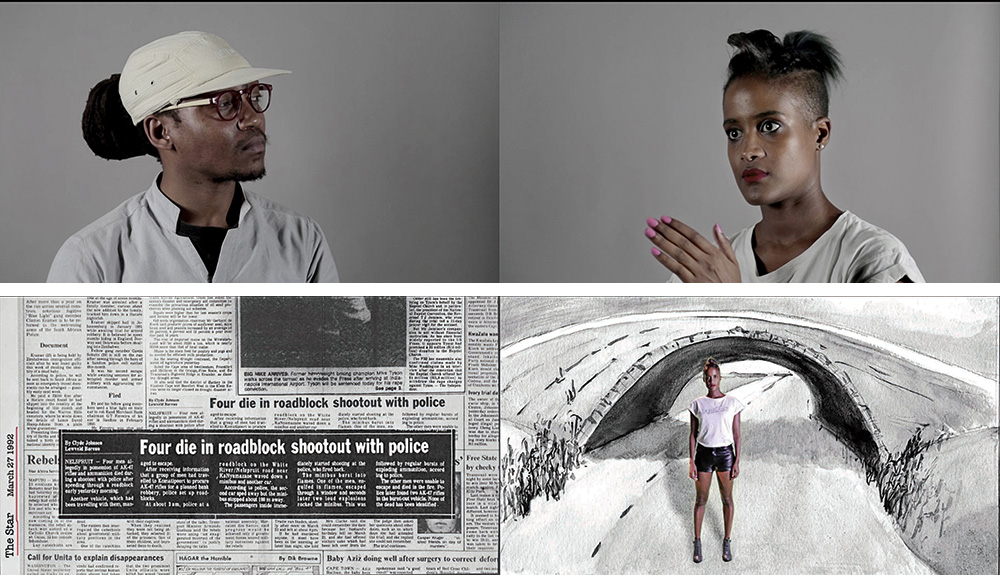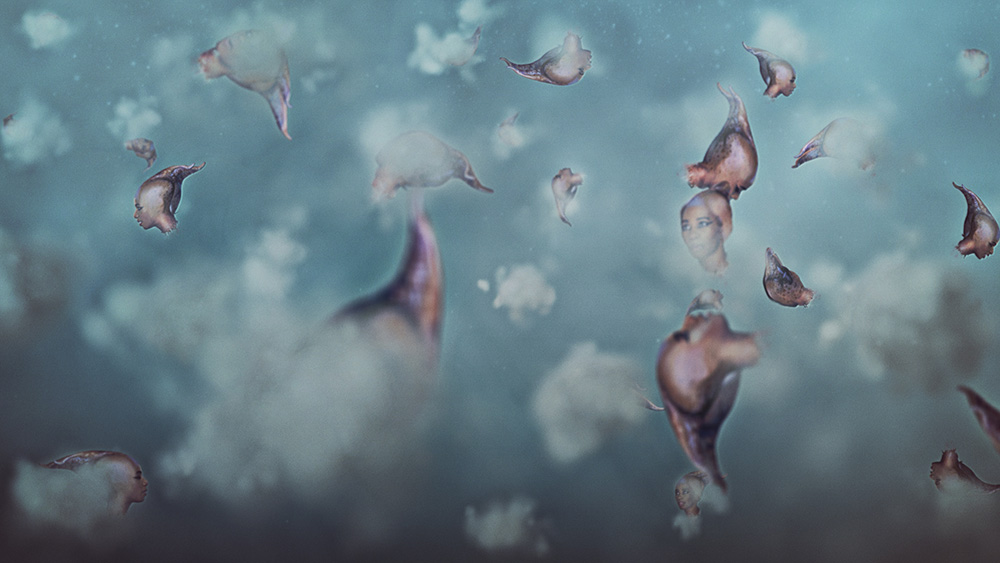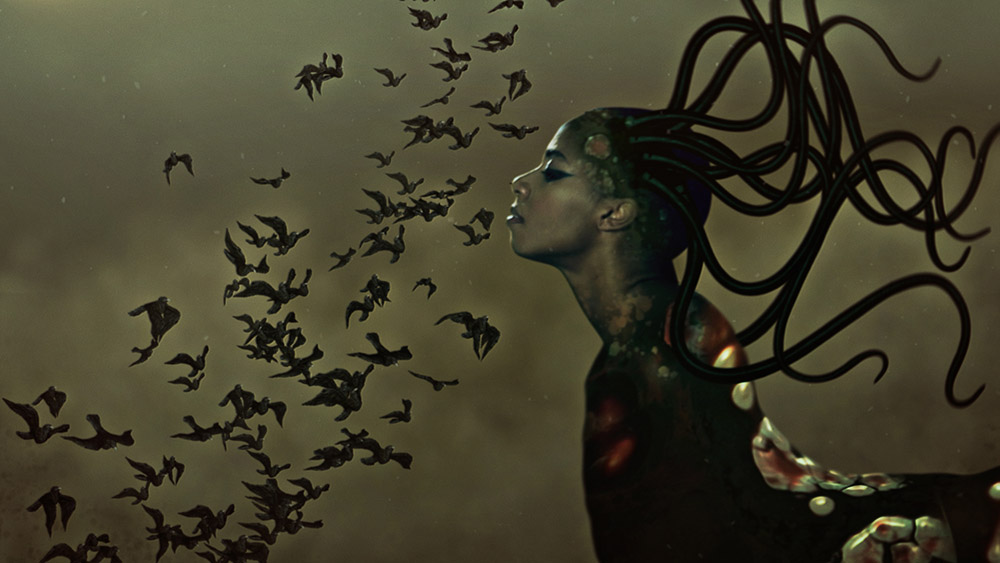ART CITIES:Rome-Road To Justice
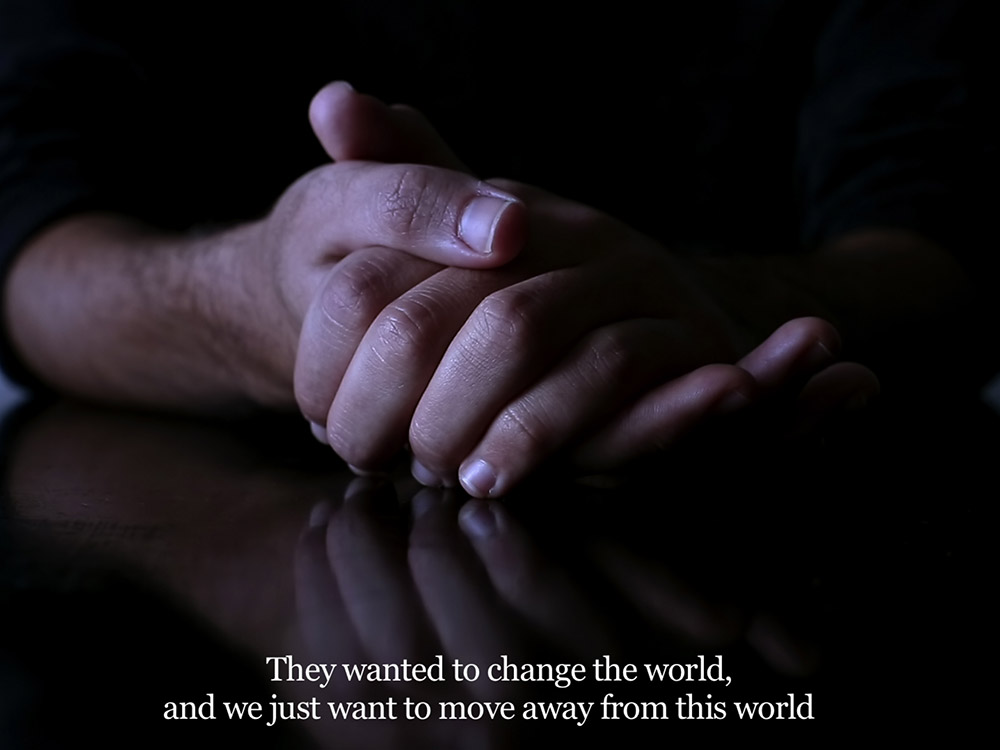 In the history of the African continent, the deportation of entire populations and colonization have progressively destroyed existing cultures and altered political, religious and social equilibriums; indigenous populations were “torn” from their present and catapulted into an externally constructed reality that suppressed their values via a cultural and political invasion, subsequently causing their violent marginalization.
In the history of the African continent, the deportation of entire populations and colonization have progressively destroyed existing cultures and altered political, religious and social equilibriums; indigenous populations were “torn” from their present and catapulted into an externally constructed reality that suppressed their values via a cultural and political invasion, subsequently causing their violent marginalization.
By Dimitris Lempesis
Photo: MAXXI Archive
The exhibition “Road to justice” at MAXXI in Rome touches themes of migration, reaching post-apartheid realities such as the attempts of recovery from the traumas that we still witness. Creating dialogues between works from the MAXXI permanent collection with others chosen for the occasion the exhibition offers further reflection on the issues of postcolonialism, memory and identity. Memory is used as a tool to increase awareness, help heal wounds and restore dignity, in an attempt to understand the past and to address the future towards an intercultural context. In the section of the exhibition devoted to the past we find works by John Akomfrah and Marlene Dumas in which we find references to the representation of people “of color” in western figurative art and which tackle the issues of slavery, capitalism and segregation. In the works by Bouchra Khalili, Kendell Geers and Moshekwa Langa instead, a number of themes emerge that linked to the present like the apartheid, the movement of liberation, migration and the recovery from the traumas we are still witness to today. Michael Tsegaye Malik Nejmi instead offer intimate, introspective images that are nonetheless capable of denouncing states of social abandonment and cultural uprooting. John Akomfrah in his video “Peripeteia” gives life to two figures that appear in the drawings of Albrecht Dürer, “Head of a Negro Man” (1508) and “The Moorish Woman Katharina” (1520). The drawings are considered among the first representations of people of African origin in Western figurative culture. Akomfrah imagines their actions, giving concreteness to the figures who would otherwise be lost in history. Times and places overlap in a non-linear narrative structure, while pictorial, literary and historical elements weave together generating a collage. Through polyphonic and highly poetic works, the artist develops a language that investigates the trauma and the sense of alienation felt by those forced to relocate or emigrate, giving them a voice and a physical, tangible presence. Raised according to the teachings of the Dutch Reformed Church, Marlene Dumas’ work often includes biblical allusions, demonstrating how, despite a growing secularism, the figure of Christ continues to influence our society. “Black Jesus Man” is realised with a combination of ink, water and watercolour that gives its subject a soft and transparent consistency, emphasising the relationship between body and spirit, physicality and spirituality. Kendell Geers’ “T. W. Batons (Circle)” is a sculpture of batons arranged in a radial pattern, in which the essentiality of the circular geometric form contrasts the brutality of the weapons. The circular positioning of the batons confers a sort of “aestheticisation” of the violence, bestowing the work with irony and humour. Conceived during the revolts that preceded the 1994 South African elections, the work refers to the methods of repression used by the police and to the abuses authorised by the local government which led, on that occasion, to thousands of casualties. On the South African elections of 1994, which were the first free elections open to the whole population, Nelson Mandela became the first black president in the country’s history. With “Foreign Office”, Bouchra Khalili returns to the decade 1962-72, when Algiers became “the capital of the revolutionaries” after the country gained independence. The city welcomed many militants from liberation movements across the world, such as Eldridge Cleaver’s International Section of the Black Panther Party, Nelson Mandela’s ANC or Amilcar Cabral’s PAIGC (African Party for the Independence of Guinea and Cape Verde).Taking as its starting point this fragment of Algerian history, relegated to the past because of the way it has been communicated, namely disjointed and idealised, the film features two young people who recount this story, questioning sources and looking for the reasons it is no longer remembered today. The series of photographs presents some of the places in Algiers that hosted these liberation movements, inserting the places into the contemporary topography of the city. Moshekwa Langa’s three works are part of a series of thirteen maps of various regions of South Africa, made the year that the artist moved to the Netherlands. Official regional maps have been used as the basis of these works. The surface is altered by the artist with writings, crossings out, drawings and collage. Through the graphic interventions, flowing from his stream of consciousness, the artist reveals, underneath the sterile topography of the map, the South African social and political dimension, torn and historically wounded by decades of violent racial discrimination. The work’s visible citations evoke a world still marked by the confines of segregation, police rule and severe restrictions on fundamental rights. Wangechi Mutu’s in his video “The End of eating Everything” transforms the singer Santigold in a Medusa-like monstrous creature, which appears as the last survivor of an apocalypse. While this creature greedily devours menacing mechanical birds, its body gradually reveals itself: a malign protuberance covered in metastases, human body parts and industrial waste, which takes the form of a lethal tumour. In a monstrous scenario, Mutu depicts a post-apocalyptic Earth, indicating the state of humanity after everything has been consumed, highlighting man’s everlasting exploitation of the planet. Malik Nejmi’s video “4160” is the result of the artist’s residency at Villa Medici from 2013 to 2014. Starting from Rome, Nejmi and his family travelled between Italy and Morocco, in search of the relationships between different generations and ethnicities, weaving a transcultural and transgenerational relationship with the past, the present and the possible future. The narration of the film is revealed through the language of body movements, dance and performance and, along with the photographic series “La Chambre Marocaine” celebrates the artist’s return to his cultural roots through visiting his grandmother’s grave and presenting the objects that belonged to her, providing a reflection that is imbued with a sense of eradication and the search for intimate and private places to reconstruct a mutating cultural identity. Michael Tsegaye’s photographs [from the series “North Road” (2008), “Meskel” (2008), “Yabelo” (2009), “Working Girls” (2009), “Merkato” (2010), “Kemeret” (2011) and “Future Memories” (2011-12)], reveal the nature of urban and social changes that characterize Ethiopia, in particular Addis Ababa: portraying recent developments that have altered and often damaged the social structure of the city. Namely the capitalistic development caused by the industrialization of agriculture of local farmers’ lands which are expropriated by foreign investors. Furthermore, he addresses the forced dislocation of communities and ecologic devastation. His photography feels urgent and necessary, demonstrating a practice of empathy and closeness. Sue Williamson’s video “It’s a Pleasure to Meet You” from the series “No More Fairy Tales” is a conversation between two young people who share their experiences of their respective fathers’ deaths under apartheid. Set during a post-apartheid reality, the video explores themes related to loss, pain, forgiveness and blame. On the one hand Candice, who, through the Truth and Reconciliation Commission (TRC), has been able to meet her father’s murderer, elaborate the story and eventually forgive him; on the other is Siyah, who is absolutely against forgiveness. The TRC was a courtlike justice body assembled in South Africa in 1995 after the abolition of apartheid, whose purpose was to allow people to ask forgiveness for crimes committed, trying to reconcile victims and executioners and, in doing so, to help the traumatized country reach forgiveness.
Participating artists: John Akomfrah, Marlene Dumas, Kendell Geers, Bouchra Khalili, Moshekwa Langa, Wangechi Mutu, Malik Nejmi, Michael Tsegaye and Sue Williamson arranged in three areas referring to the past, present and future of Africa.
Info: Curator: Anne Palopoli, MAXXI, Via Guido Reni, 4/A, Rome, Duration: 22/6-14/10/18, Days & Hours: Tue-Wed & Fri-Sun 11:00-19:00, Thu 11:00-22:00, www.maxxi.art
